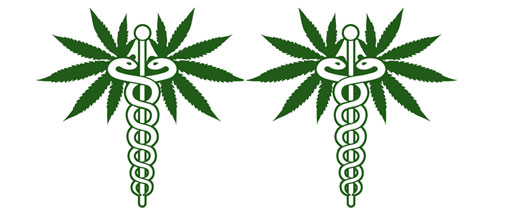Getting To Know Mary Jane
A Primer On New Mexico’s Medical Cannabis Landscape


Latest Article|September 3, 2020|Free
::Making Grown Men Cry Since 1992


